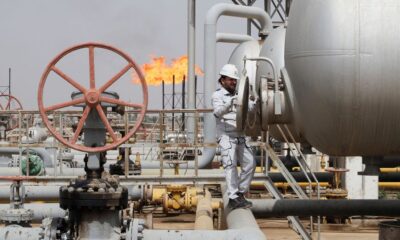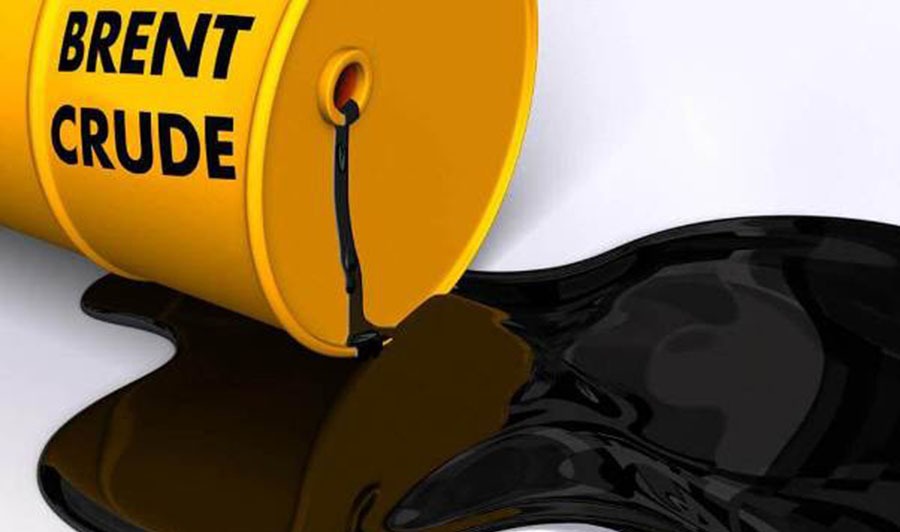Market Value of US Five Largest Companies Decline by $307bn in 2020
Even before the coronavirus pandemic, the oil and gas industry was faced with slumping prices. However, with a record collapse in oil demand amid the coronavirus lockdown, the COVID-19 crisis has further shaken the market, causing massive revenue and market cap drops for even the largest oil and gas companies.
According to data presented by StockApps.com, the top five oil and gas companies in the United States lost over $307bn in market capitalization year-over-year, a 45% plunge amid the COVID-19 crisis.
Market Cap Still Below March Levels
Global macroeconomic concerns such as the US-China trade war and the oil overproduction set significant price drops even before the coronavirus outbreak. A standoff between Russia and Saudi Arabia in the first months of 2020 sent prices even lower.
After global oil demand plunged in March, Saudi Arabia proposed a cut in oil production, but Russia refused to cooperate. Saudi Arabia responded by increasing production and cutting prices. Shortly Russia followed by doing the same, causing an over 60% drop in crude oil prices at the beginning of 2020. Although OPEC and Russia agreed to cut oil production levels to stabilize prices a few weeks later, the COVID-19 crisis already hit. Statistics show that oil prices dropped over 40% since the beginning of 2020 and are hovering around $40 a barrel.
Such a sharp fall in oil price triggered a growing wave of oil and gas bankruptcies in the United States and caused a substantial financial hit to the largest gas producers.
In September 2019, the combined market capitalization of the five largest oil and gas producers in the United States amounted to $674.2bn, revealed the Yahoo Finance data. After the Black Monday crash in March, this figure plunged by 45% to $373bn. The following months brought a slight recovery, with the combined market capitalization of the top five US gas producers rising to over $461bn in June.
However, the fourth quarter of the year witnessed a negative trend, with the combined value of their shares falling to $367bn at the beginning of this week, $6.2bn below March levels.
Exon Mobil`s Market Cap Halved in 2020, Almost $155bn Lost YoY
In August, Exxon Mobil Corporation, once the largest publicly traded company globally, was dropped from the Dow Jones industrial average after 92 years. As the largest oil and gas producer in the United States, the company has suffered the most significant market cap drop in 2020.
Statistics indicate the combined value of Exxon Mobil`s shares plunged by 52% year-over-year, falling from almost $300bn in September 2019 to $144bn at the beginning of this week.
Phillips 66, the fourth largest gas producer in the United States by market capitalization, witnessed the second-largest drop in 2020. Statistics show the company`s market cap dipped by 49.6% year-over-year, landing at $22.9bn this week.
The Yahoo Finance data revealed that EOG Resources lost over $21bn in market cap since September 2019, the third-largest drop among the top five US gas producers.
Conoco Phillips witnessed a 42% drop in market capitalization amid the COVID-19 crisis, with the combined value of shares plunging by almost $30bn year-over-year.
Statistics show Chevron witnessed the smallest market cap drop among the top five companies. At the beginning of this week, the combined value of shares of the second-largest US gas producer stood at $141.5bn, a 36.9% plunge year-over-year.

 Forex3 weeks ago
Forex3 weeks ago


 Naira2 weeks ago
Naira2 weeks ago
 Billionaire Watch2 weeks ago
Billionaire Watch2 weeks ago




 Naira2 weeks ago
Naira2 weeks ago




 Naira2 weeks ago
Naira2 weeks ago




 Naira1 week ago
Naira1 week ago




 Naira4 weeks ago
Naira4 weeks ago




 Naira3 weeks ago
Naira3 weeks ago




















